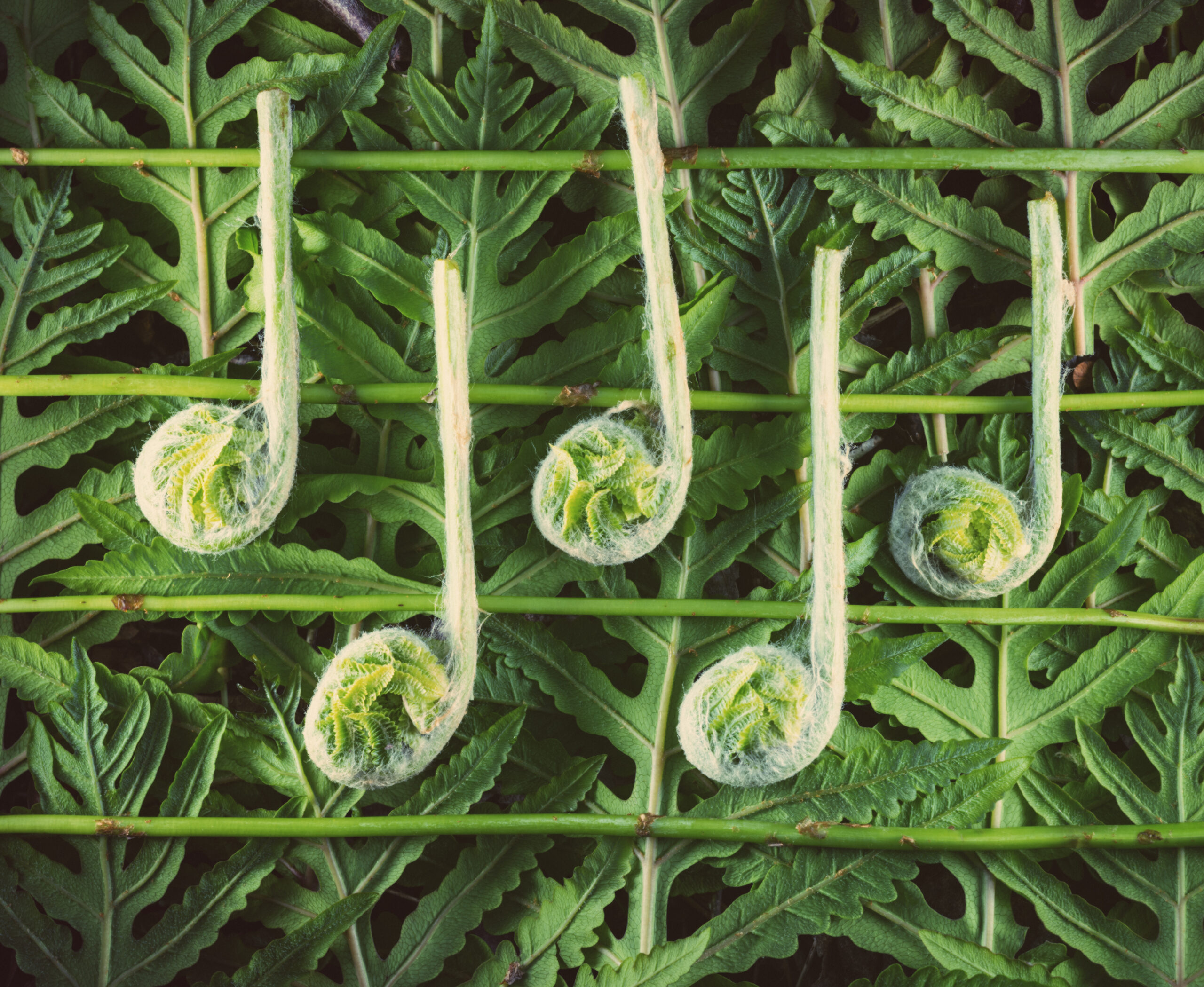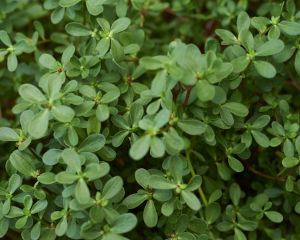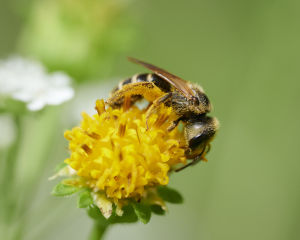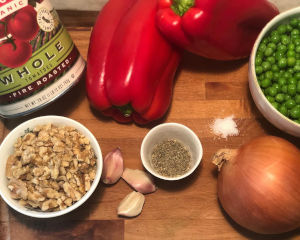
Plants and Sound: A Budding Relationship
by Ian Sleat
Sign up for our monthly newsletter!
It’s 1976, and Canadian composer and producer Mort Garson sits at his Laurel Canyon studio, faced by a wall covered in a mosaic-like collection of switchboards, buttons, and primary-colored wires—a micro-multiverse of atmospheric blips and beeps transcending the human understanding of musicality. Nowadays, it is practically impossible to pinpoint musical projects aimed entirely at an inhuman audience. In this almost exclusive affair, Garson’s Mother Earth’s Plantasia is an ode not to a lover or family but to plants. Drawing inspiration from his gardener wife Peggy’s labor, music for plants would find itself uniquely mainstream.
With cosmic airy tones and bone-rattling vibrational frequencies, Garson constructed this project not through scientific inquiry of what plants like or don’t like to hear, but through a realm of pure imagination. While it’s easy to assume such synthetic frequencies could evoke movement, growth, and perhaps an emotion from a lifeform like this, it begs the question of whether or not plants really respond to this music, or more broadly, if they respond to music at all.
The term “music” is rather broad in a context that examines plant response to different sounds and genres varying in pitch and volume. It is first important to note that no niche, specifically plant niches, is free of sounds around them. With immense amounts of mechano-sensitive channels, researchers have recognized that mechanical and natural vibrations elicit more complex and meaningful reactions than was once believed. And while these truths have been apparent for decades now, whether or not this has any ecological significance remains in the early stages of research.

In a 2014 study by the Division of Plant Sciences at the University of Missouri, participating researchers began their efforts to find whether or not any distinct defense reactions might arise with exposure to potentially threatening sounds such as a chewing caterpillar. In this trial, a sample set of thale cress sprouts was pre-treated with the vibrations caused by a recorded sound byte of a caterpillar feeding, while the remaining sample was left exposed to nothing but the naturally occurring and incontrollable tremors of wind or insect song. The results suggested that the plants exposed to insect-eating noises elicited a more evident chemical defense than those exposed to neutral, non-threatening sonic surroundings.
From a human perspective, defense responses correlated with harrowing, perhaps life-endangering sounds typically evoke fear. While we need not test this proposal on humans, fear, emotion, and more specifically, emotional responses, are a sort of anomaly in the plant world. Sure, most plants have a defense mechanism to a degree, but whether or not they are sentimentally conscious of doing so is a conclusion we cannot definitively draw.
In a separate trial conducted by the Department of Biotechnology at Yeungnam University, researchers examined acoustic responses to natural sound vibrations (SVs) and whether or not growth patterns might be hindered as a result. Seeing as plants can recognize the chewing sound of an insect and the buzz of a pollinating bee and act accordingly, it is not outlandish to suggest that some stimuli might promote a plant’s physical growth. By adopting SVs produced by birds chirping or crickets stridulating, plants like okra and zucchini were found to germinate faster than when deprived of these noises. To refine and specify this test further, these sounds were played at frequencies ranging from 500 to 14,000 Hz. While not definitive by any means, initial testing proved that some plants responded best to lower frequencies while others did better with louder, more abrasive iterations of the sounds.
At a cellular level, SVs were found to be capable of shifting the structure of their plasma membrane proteins, yielding positive output in the form of stimulated seed germination, enhanced root development, and a rise in overall productivity.
As new research concerning plant response and emotion continues to emerge, in a way, we have already made up our minds on the matter. To so many, plants are the type of lifeform that one gets attached to as if it were a human. The potted ficus in the corner of your room might have a name, your flowers potted in color-coordinated order might spell out a special message, or your succulents might have painted pots to represent their personalities despite having not spoken a word to them. A plant’s perception of the way we live is unclear, perhaps nonexistent, and yet, like Mort Garson, we feel inclined to foster their needs by lending them what we deem to be kind, generous, or beneficial.
By creating music for plants entirely fabricated by one’s imagination, we express a new sense of care for plants that extends beyond trimming dead leaves or watering daily. While Garson’s transparency about a lack of scientific backing for his music never faded, this concept of plant music would in many ways catalyze aspects of ongoing research that, if conclusive, would allow us to give plants exactly what they need through sonic and vibrational delivery, mutualizing the pure serotonin that they lend us regularly.
Sources
Appel, H. M., and R. B. Cocroft. “Plants Respond to Leaf Vibrations Caused by Insect Herbivore Chewing – Oecologia.” SpringerLink, Springer Berlin Heidelberg, 2 July 2014, link.springer.com/article/10.1007/s00442-014-2995-6?correlationId=4d9ea02c-da9a-44df-a279-bfae59b39531.
Ducker, Eric. “Music for Plants Is Real (Even If the Science Isn’t).” NPR, NPR, 21 June 2019, www.npr.org/2019/06/21/734471703/music-for-plants-mort-garson-plantasia-stevie-wonder.
Mishra, Ratnesh Chandra, et al. “Plant Acoustics: In the Search of a Sound Mechanism for Sound Signaling in Plants.” OUP Academic, Oxford University Press, 23 June 2016, academic.oup.com/jxb/article/67/15/4483/1749649.
Plantings
Issue 30 – December 2023

Viriditas: Musings on Magical Plants: Portulaca oleracea
By Margaux Crump

Proboscis, Pollen, and the Rapture of Interspecies Intimacy
By Jake Eshelman

The Greening of Milan: Porta Nuova and Vertical Forest
By Gayil Nalls

Overshooting Earth’s Boundaries: An Interview with Bill Rees
By Rachel Donald

The Garden of the Five Senses
By Gayil Nalls

Eat More Plants Recipes:
Le Botaniste’s Fennel, Tomato, and Red Pepper Pasta Sauce
Ian Sleat is a food and culture writer attending NYU Steinhardt School of Culture, Education, and Human Development.

As Ireland transitions from the rich, smoky scent of peat-burning to a more sustainable future, its olfactory heritage is evolving. What will become the next iconic aromatic symbol of Ireland?
Click to watch the documentary trailer.


